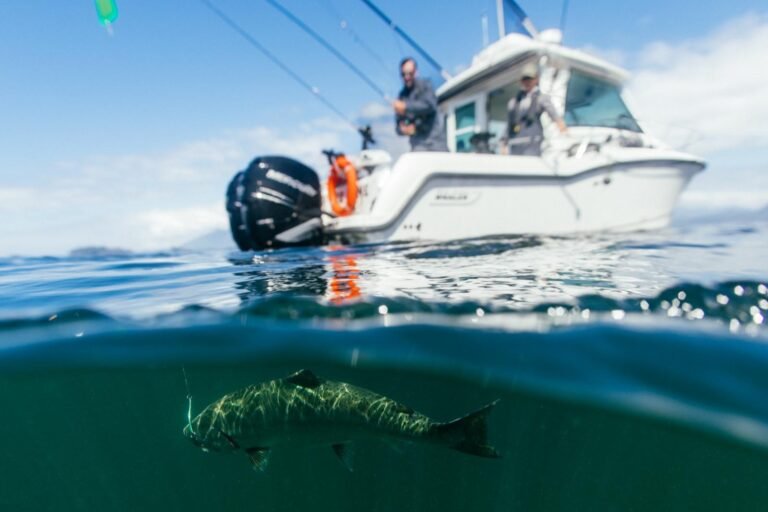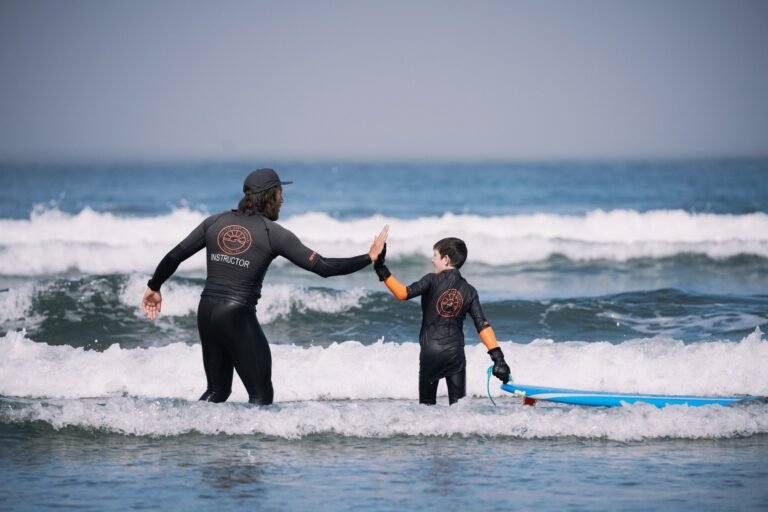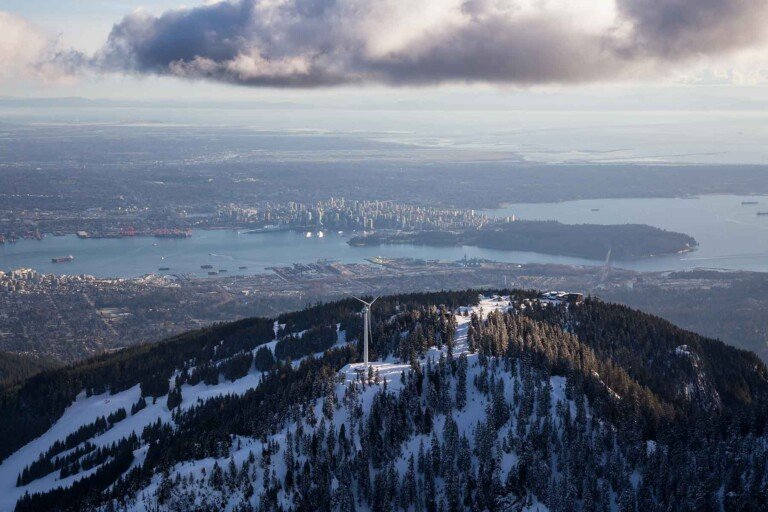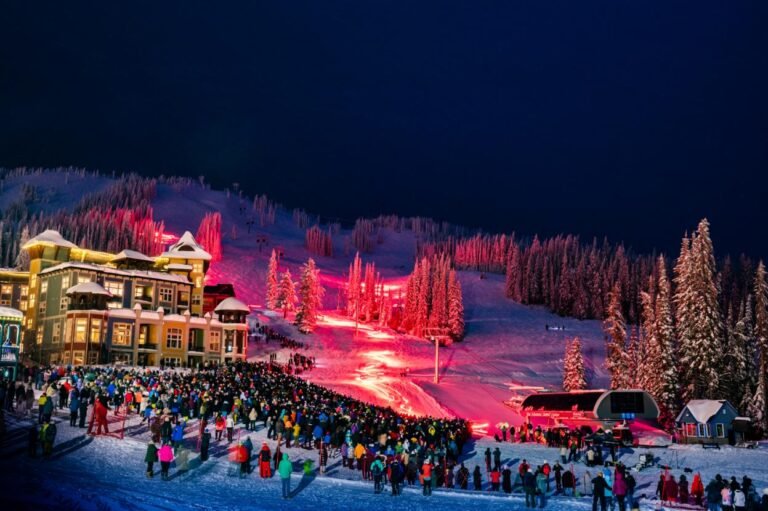The tiny settlement of Liard River is located at Mile 496 on the Alaska Highway, near the Yukon border.
Back when the Alaska Highway was still a gravel road, the small roadside stations were the essence of life and travel along this long and lonely highway, and they still remain invaluable to the weary traveller today.
The famed Liard River Hot Springs is said by many to be one of the best stops on the entire Alaska Highway. Although very popular in summer, the springs are truly resplendent on frosty winter days. One restorative dip in this steaming oasis and you’ll see why their mineralized pools and diverse flora have drawn human visitors for millennia.
It is almost impossible not to observe wildlife as you travel through the Northeast, the so-called Serengeti of North America. The area’s spectacular wildlife fauna consists of eight species of ungulates, namely Stone Sheep, mountain goats, bison, moose, elk, caribou, and white-tailed and mule deer; plus at least seven species of medium-sized carnivores including wolves, coyotes, foxes, grizzly bears, black bears, lynx and wolverines.
Deer, moose, bears, and elk frequent clearings alongside roads, foraging for food. In some areas, salt licks have been placed near the road to attract ungulates. Be careful when driving these roads, especially at night; if you were to hit a moose, the chances are good that your vehicle would come out of the encounter in worse shape than the moose. Honest.
The Liard River has its headwaters in the Yukon, and flows through northern British Columbia before merging with the Mackenzie River at Fort Simpson in the Northwest Territories.
Population: 102
Location: Liard River is located near the Yukon border at Mile 496 on the Alaska Highway 97, 496 miles (704 km) northwest of Dawson Creek.
One of the best stops on the entire Alaska Highway is the fabulous Liard River Hot Springs, located in the Liard River Hot Springs Provincial Park north of Muncho Lake. Offering vehicle/tent campsites with fairly rustic facilities, this is one of the few provincial campgrounds that remain open all year round along the Alaska Highway, and with good reason. Even in the depths of winter (which lasts eight months here) the springs are hot enough to provide relief to weary travellers and adventurers, whether they’ve been hiking on foot or on skis. Many warm and hot springs are hidden away in the park, but the two hottest and largest have been developed into bathing pools.
These hotsprings are not commercialized yet – construction workers on the Alaska Highway built the boardwalk and pools that lead visitors to Alpha and Beta Pools today. All campsites are located in a heavily forested area of pine, trembling aspen, and cottonwood, a delightful environment at any time of year. Caution: Beware of bears, even in areas where groups of campers are bathing. If there are warning signs about bears, heed them!! There is no fee for day use of the Hotsprings, but a very reasonable camping fee does apply.
Paddlers can challenge various stretches of the 1400-kilometre Liard River, which boasts rapids as difficult as those one the Colorado River. Rafting excursions on the Liard River are available.
Visit the Smith River Falls just north of Liard River. This pleasant picnic spot offers good fishing for dolly varden and grayling.
The Contract Creek Bridge at Mile 588 on the Alaska Highway marks the point where the construction crews met when building the section of the highway west from Fort Nelson and east from Whitehorse.
Stop at Toad River, south of Liard River at Mile 422 on the Alaska Highway, a town of 60 people with a collection of 4,580 hats – one for every mile between the Yukon and the continental United States, plus a few extras for every head in town.
At the Yukon border in Watson Lake, Signpost Forest is a must-photograph spot, a collection of signs started by Carl K. Lindley, a homesick soldier working on the construction of the Alaska Highway in 1942. The forest consists of more than 61,398 license plates, road and traffic signs, and unique home-made signs which are mounted on sturdy trunks. Each year more than 2000 signs are added by travellers.
During the summer, visit the award-winning Northern Lights Space and Science Centre in Watson Lake. A unique facility built in 1996 to feature the amazing phenomena known as the ‘Northern Lights’ or ‘Aurora borealis’, the Northern Lights Centre boasts state-of-the-art panoramic video and surround-sound systems, interactive displays that explain the science and folklore of the Northern Lights with the latest information about the Canadian space program.
Circle Tours: See the best of Northern BC on one of the Circle Tours that capture the wonders of the north. The Circle Tour of Northern British Columbia incorporates the Alaska Highway through the Rocky Mountain foothills to Watson Lake in the Yukon, linking with the Stewart/Cassiar Highway and Yellowhead Highway 16 in the south. The Inside Passage Circle Tour and the Native Heritage Circle Tour follow the same route, from Port Hardy on Vancouver Island north by ferry to Prince Rupert. Catch another ferry to the Queen Charlotte Islands, or venture east on the Yellowhead Highway to Prince George, and south through the peaceful Cariboo to Vancouver along the historic Cariboo Wagon Road.
Circle Tours in British Columbia.





